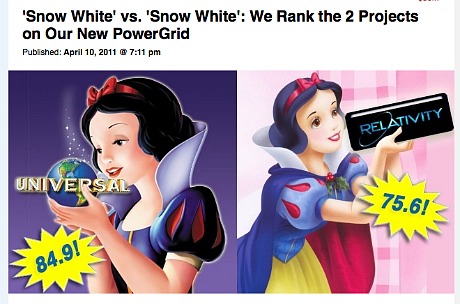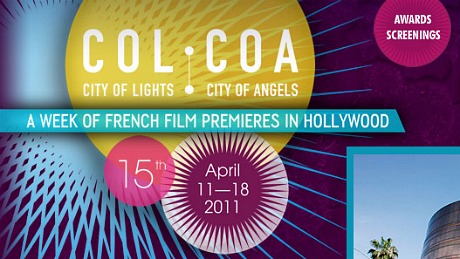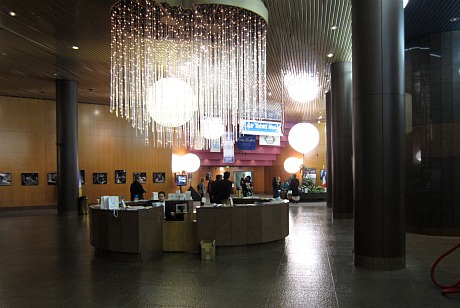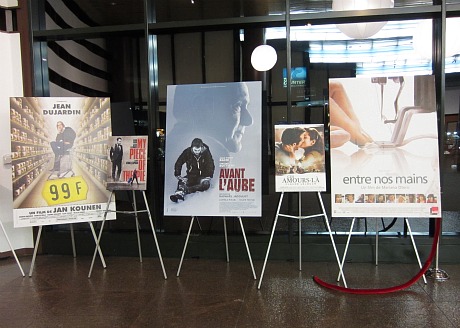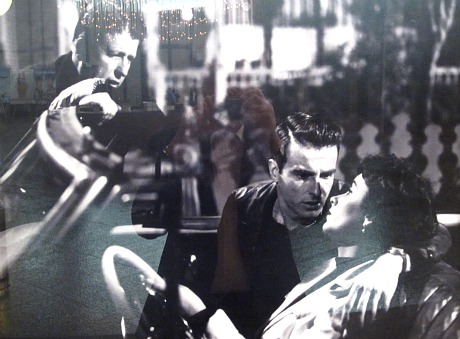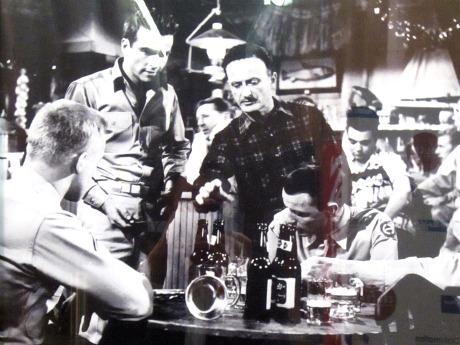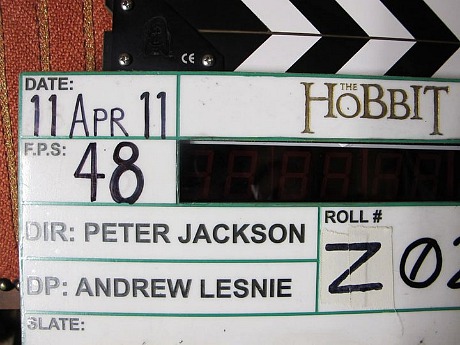Rob Cohen‘s The Fast and the Furious (’01) was a moderately satisfying car-chase film with an unusually fine ending — i.e., Paul Walker, an undercover cop, making good on a promise by allowing the felonious Vin Diesel to skip at the end by giving him keys to a muscle car. It was a finale about character, friendship, guy-to-guy values and faith.
And then it was down, down, down into the toilet-bowl remake cycle with a trilogy of Fast films that downplayed character in favor of exhaust pipes, roaring engines and stunt-driving razmatazz — 2 Fast 2 Furious (’03), The Fast and the Furious: Tokyo Drift (’06), Fast & Furious (’09).
And now we’ve got Fast Five (Universal, 4.29), the fifth in the series and the third Fast film directed by Justin Lin, whose last truly decent film, Better Luck Tomorrow, came out nine years ago. The Sundance version, I mean, with the dark-but-honest amoral ending. Lin copped out on that and re-cut it under pressure from Paramount Pictures before Tomorrow was released.
Set in Brazil and using one of those “edge-junkie felons need to pull off an impossible job in order to win their freedom from criminal prosecution” plots (i.e., similar to Diesel’s xXx), Fast Five will almost certainly do the usual-usual and then probably end with DSS agent Dwayne Johnson showing respect and allegiance to Diesel, Walker and their crew.
Key question: To what degree will Jordana Bewster disrobe, if at all? This is a guy film, after all, so it’s not unreasonable of me to ask.
Why is it that the increasingly insane car-chase sequences in all of these films have never quite turned me on the way Peter Yates‘ car-chase-in-San Francisco scene in Bullitt does? I’ll tell you why. Because the driving and shooting in the Bullitt scene looks and feels “real.” Because the Bullitt chase is not some cyborg CG video-game bullshit fantasia. Because it isn’t edited to death and you can hear the shock absorbers collapsing and the chassis aching and groaning when the cars come crashing down on the street, and because on some level the cars look as human and vulnerable as the drivers, and because the metal hubcaps (which no longer exist except on classic old-time muscle cars) go flying off and into the street from time to time. It’s so effing beautiful, that scene.
My favorite car movie after Bullitt is still Dominic Sena and Jerry Bruckheimer‘s Gone in 60 Seconds.

